Distance sensor
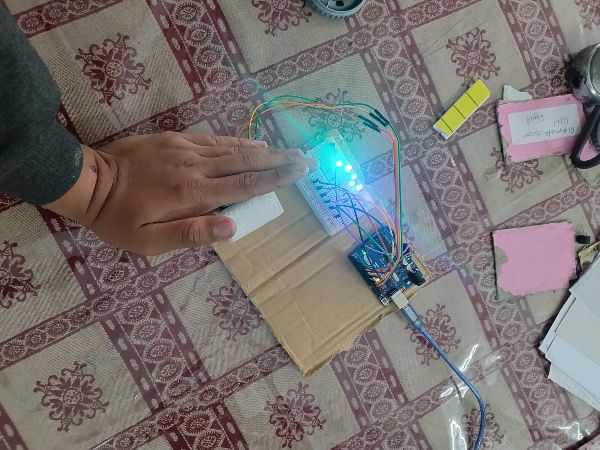
AI technology is important because it enables human capabilities – understanding, reasoning, planning, communication and perception – to be undertaken by software increasingly effectively, efficiently and at low cost.
Kids Quiz

ave You Ever think that your child should play the games which is more educational for your child. So Now we are presenting the game KIDS QUIZ.In This game your child will learn basics of mathematics like ADDITON, SUBTRACTION, MULTIPLICATION AND DIVISION.fortunately your child gets the more fun,learning and motivation etc.
apple game
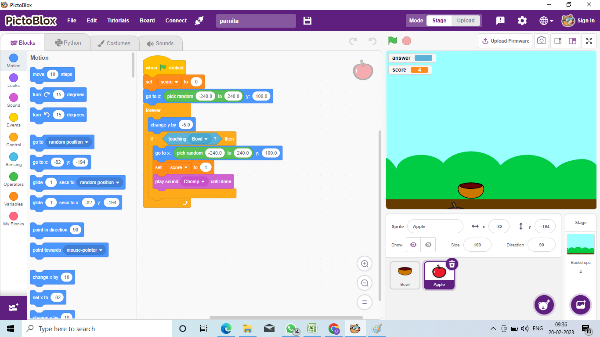
catch the apple
Clap System
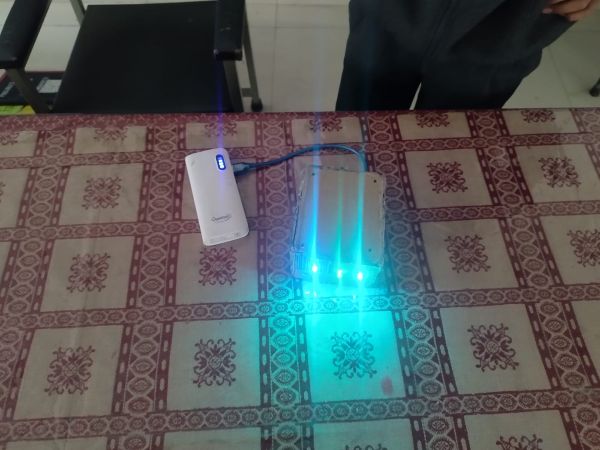
An automated environment basically refers to a business environment where the processes, operations, accounting and even decisions are carried out by using computer systems. This project also automate our surrounding . We just have to clap and the lights turn on .
Green Matic Society
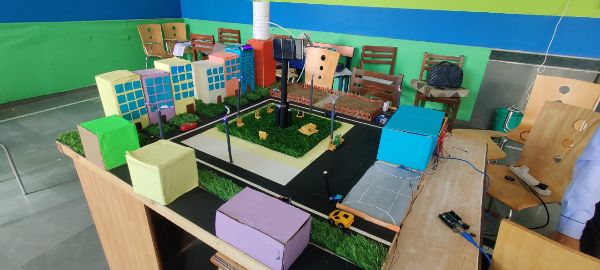
Control room-
It contains the Arduino and the main circuit of the entire city prototype. Located next to the entry point to the city. On the left of the control room, there is also a basketball court.
Agricultural field and parking lot-
The agricultural field is a place for necessities to be grown. It has a soil moisture sensor which automatically releases water from the water tank without any manual labour. It is also fenced off.
Next to the agricultural field is the parking lot. The parking lot has lines to mark spaces for parking. It also has 2 EV chargers which charge electric vehicles.
The agricultural field is also close to an HC-SR04 ultrasonic sensor which measures the speed of incoming cars, and an LED turns on when a car moves faster than a specified speed. This is to prevent over speeding and every offender is punished heavily.
Central park-
It has the main solar tree which powers everything in the society. It is surrounded by a park which allows for pleasant scenery. For this purpose, benches have been provided inside the park. Around the central park there is a walking path. Next to the walking path, there is a space provided for parking of bikes and cycles. A road covers the entire society and is built around the central park. The roads have multiple street lights with LEDs. These turn on automatically at night and provide for enough illumination at night.
Residential area-
It is the area with buildings where people house. The residential area has 2 special buildings which are crucial to the society.
One of them has a water tank which provides water to the entire society. The water tank has 2 water level float sensors which allow for water to be drawn from underground using submersible pumps when needed and for the water to not be drawn when the tank is full. There is also a pump which draws water when needed.
The second building has an Liquid crystal LCD screen which displays the local temperature and humidity. This allows for the general convenience of the people of the society.
Commercial buildings-
The commercial buildings are made for the convenience of the people inside. There is a grocery store, pharmacy and a security building.
The security building has an Esp-32 camera which uses computer vision to only allow authorised vehicles of the society to enter while unauthorized cars need to go through a screening process verifying their identity. The security building also has a servo motor connected to a barrier which allows for the gate to open and close automatically.
Everything is automatic which allows for the convenience and comfort of the people living to the maximum.
Green Matic Society
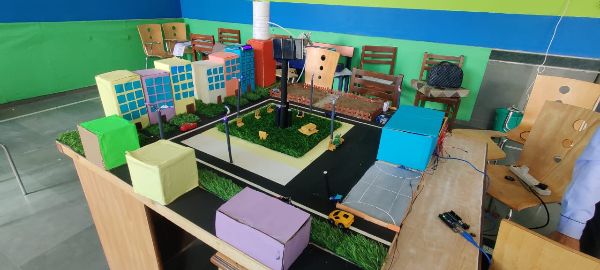
Control room-
It contains the Arduino and the main circuit of the entire city prototype. Located next to the entry point to the city. On the left of the control room, there is also a basketball court.
Agricultural field and parking lot-
The agricultural field is a place for necessities to be grown. It has a soil moisture sensor which automatically releases water from the water tank without any manual labour. It is also fenced off.
Next to the agricultural field is the parking lot. The parking lot has lines to mark spaces for parking. It also has 2 EV chargers which charge electric vehicles.
The agricultural field is also close to an HC-SR04 ultrasonic sensor which measures the speed of incoming cars, and an LED turns on when a car moves faster than a specified speed. This is to prevent over speeding and every offender is punished heavily.
Central park-
It has the main solar tree which powers everything in the society. It is surrounded by a park which allows for pleasant scenery. For this purpose, benches have been provided inside the park. Around the central park there is a walking path. Next to the walking path, there is a space provided for parking of bikes and cycles. A road covers the entire society and is built around the central park. The roads have multiple street lights with LEDs. These turn on automatically at night and provide for enough illumination at night.
Residential area-
It is the area with buildings where people house. The residential area has 2 special buildings which are crucial to the society.
One of them has a water tank which provides water to the entire society. The water tank has 2 water level float sensors which allow for water to be drawn from underground using submersible pumps when needed and for the water to not be drawn when the tank is full. There is also a pump which draws water when needed.
The second building has an Liquid crystal LCD screen which displays the local temperature and humidity. This allows for the general convenience of the people of the society.
Commercial buildings-
The commercial buildings are made for the convenience of the people inside. There is a grocery store, pharmacy and a security building.
The security building has an Esp-32 camera which uses computer vision to only allow authorised vehicles of the society to enter while unauthorized cars need to go through a screening process verifying their identity. The security building also has a servo motor connected to a barrier which allows for the gate to open and close automatically.
Everything is automatic which allows for the convenience and comfort of the people living to the maximum.
atm
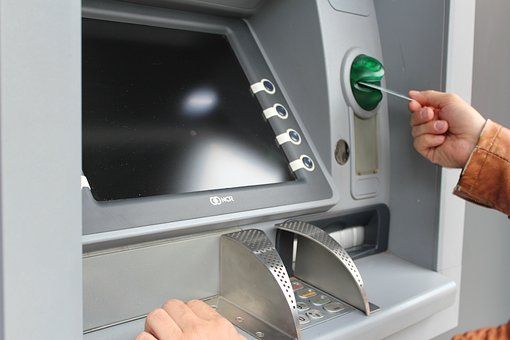
atm machine program
TIC TAC TOE
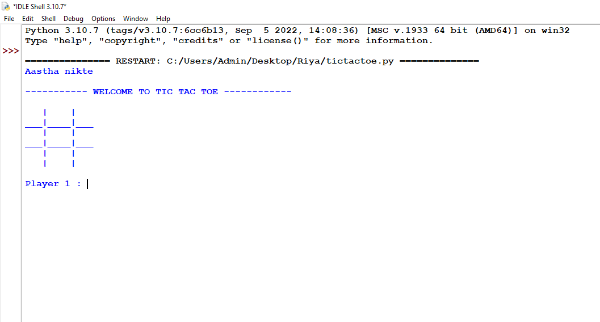
A tic tac toe game made with python
Industrial Automation using Industry 4.0
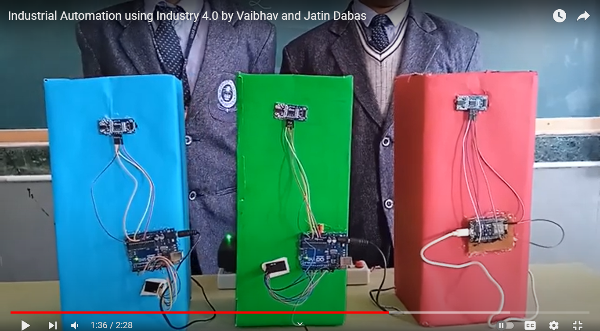
The term “Industry 4.0” refers to a vision that started as a project to increase the competitiveness of the German manufacturing sector.
The term “industry 4.0” is frequently used synonymously with the idea of the fourth industrial revolution. It is distinguished by, among other things, even greater automation than in the third industrial revolution, the fusion of the physical and digital worlds via cyber-physical systems, made possible by Industrial IoT, a move away from centralised industrial control systems to ones where smart products define the production steps, closed-loop data models and control systems, and personalization/customization of products.
With early stakeholder involvement and vertical integration, the objective is to enable autonomous decision-making processes, real-time asset and process monitoring, and similarly real-time connected value generation networks.
The industrial revolution concept was introduced, a number of sectors have examined the fourth industrial revolution and the effects of the technologies and drivers driving Industry 4.0. More “4.0” phrases, frequently based on academic performance, have resulted from this. The following industries are only a few examples: Logistics 4.0 (logistics and transportation), Construction 4.0 (construction industry), Energy 4.0 (energy and utilities industry), and more.
The majority of Industry 4.0 projects are in their early stages and have constrained scopes. In actuality, the majority of digitization and digitalization initiatives take place in the framework of technologies and objectives from the third and even second industrial revolutions.
In essence, the technologies making Industry 4.0 possible leverage existing data and ample additional data sources, including data from connected assets to gain efficiencies on multiple levels, transform existing manufacturing processes, create end-to-end information streams across the value chain and realize new services and business models.
The technologies that enable Industry 4.0 essentially make use of existing data as well as a variety of additional data sources, such as data from connected assets, to improve efficiency on a number of levels, transform current manufacturing processes, establish end-to-end information streams throughout the value chain, and introduce new services and business models.
Industrial Automation using Industry 4.0
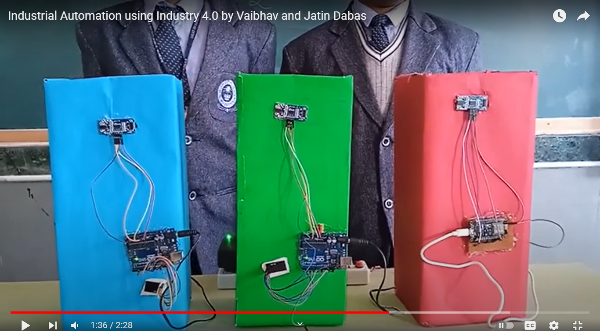
The term “Industry 4.0” refers to a vision that started as a project to increase the competitiveness of the German manufacturing sector.
The term “industry 4.0” is frequently used synonymously with the idea of the fourth industrial revolution. It is distinguished by, among other things, even greater automation than in the third industrial revolution, the fusion of the physical and digital worlds via cyber-physical systems, made possible by Industrial IoT, a move away from centralised industrial control systems to ones where smart products define the production steps, closed-loop data models and control systems, and personalization/customization of products.
With early stakeholder involvement and vertical integration, the objective is to enable autonomous decision-making processes, real-time asset and process monitoring, and similarly real-time connected value generation networks.
The industrial revolution concept was introduced, a number of sectors have examined the fourth industrial revolution and the effects of the technologies and drivers driving Industry 4.0. More “4.0” phrases, frequently based on academic performance, have resulted from this. The following industries are only a few examples: Logistics 4.0 (logistics and transportation), Construction 4.0 (construction industry), Energy 4.0 (energy and utilities industry), and more.
The majority of Industry 4.0 projects are in their early stages and have constrained scopes. In actuality, the majority of digitization and digitalization initiatives take place in the framework of technologies and objectives from the third and even second industrial revolutions.
In essence, the technologies making Industry 4.0 possible leverage existing data and ample additional data sources, including data from connected assets to gain efficiencies on multiple levels, transform existing manufacturing processes, create end-to-end information streams across the value chain and realize new services and business models.
The technologies that enable Industry 4.0 essentially make use of existing data as well as a variety of additional data sources, such as data from connected assets, to improve efficiency on a number of levels, transform current manufacturing processes, establish end-to-end information streams throughout the value chain, and introduce new services and business models.





